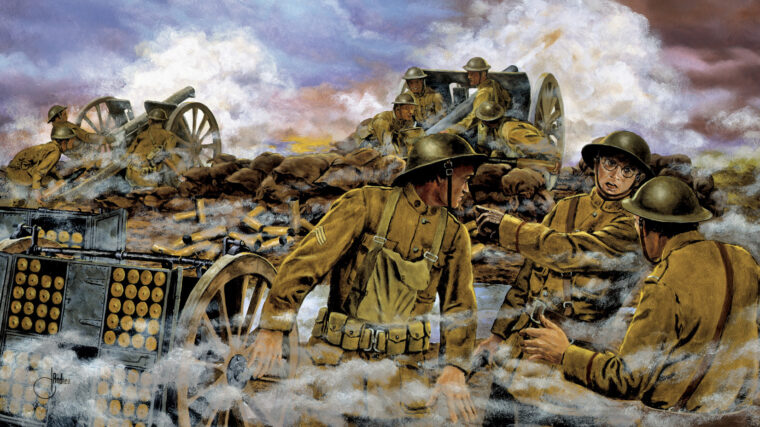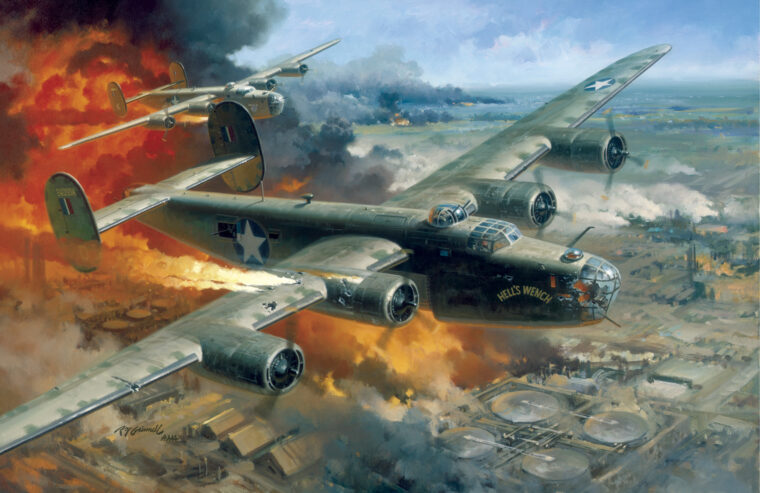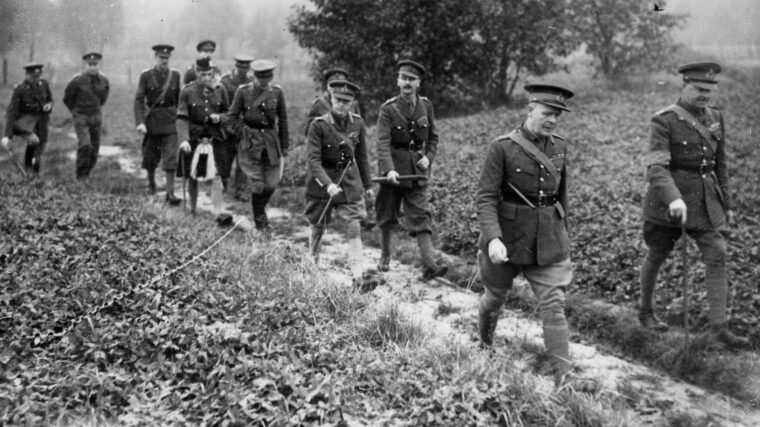
Harry S. Truman’s Battery D, 129th Field Artillery, 35th Division
By Robert F. DorrIn the darkness and driving rain on August 29, 1918, German artillery shells smashed down on American artillerymen fighting on a fir-clad slope in the Vosges Mountains in Alsace. Read more






















